DUBLIN, Dec. 28, 2022 /PRNewswire/ — The “Automotive Software Providers and Business Models Research Report, 2022” report has been added to ResearchAndMarkets.com’s offering.
Research on software business models: Four business forms and charging models of automotive software providers.
In an age of software-defined vehicles, automotive software booms, and providers step up their efforts to deploy various layers of software for a place in the software market.
From the current layout of automotive software products and solutions, it can be seen that intelligent vehicle software business models include IP, solutions and technical services, and charging models are led by non-recurring engineering (NRE), software authorization/license, and royalty.
Through the lens of the product and solution layout of automotive software providers, currently their typical business forms are custom software development and design, technical services, software license/authorization, and system integration, varying slightly in charging models.
As software and hardware tend to be decoupled and layered, software becomes an independent core component product, and the automotive software industry chain is reshaped. The boundaries between Tier 1 and Tier 2 suppliers thus become ever more blurred, and even OEMs will develop their own hardware and software. Automotive software providers are transforming from Tier 2 into Tier 1 or even Tier 0.5 suppliers, with an increasingly high position in the industry chain.
The supply relationships between suppliers and automakers are changing as well. The conventional automotive supply chain has been broken, and the original chain-type `supply` model turns into a flat `cooperation` model. Players that have the ability to develop and integrate software and hardware are expected to become super suppliers, driving innovations and technology upgrades in the automotive industry.
Basic software layer: In the trend for modularization, standardization and platformization, suppliers and OEMs build closer relationships and more flexible cooperation models.
In service-oriented architecture (SOA), automotive basic software is an embedded software platform used to enable decoupling of software and hardware for automotive systems, and providing software and hardware support for automotive system services. It is the key to realization of vehicle intelligence.
In addition to chip and hardware, basic software is the most basic underlying capability in the entire industry chain. Major suppliers double down on development and innovation of automotive basic software products such as operating system and middleware.
As well as large foreign providers such as Vector, ETAS and EB, quite a few local software providers in China like Neusoft Reach, ThunderSoft, Jingwei Hirain, and iSoft Infrastructure Software under China Electronics Technology Group Corporation are also working to deploy automotive basic software products, especially middleware products, most of which are AUTOSAR standard-compliant products, and hybrid platform software solutions based on CP and AP architectures.
To meet the market demand in the trend for SDVs, iSoft Infrastructure Software provides AUTOSAR CP+AP integrated solution for the two scenarios, security domain and high-performance computing domain, and combines it with iSoft Cloud System to enable landing of intelligent connectivity.
This solution is applicable to intelligent cockpit domain, vehicle control system domain and ADAS/AD domain. By standardizing the interfaces and architectures of different operating systems, underlying hardware, protocol software, etc., it enables service-oriented architecture. Meanwhile, for intelligent cockpit and ADAS/AD domains, iSoft Infrastructure Software is developing corresponding operating system kernels for a comprehensive layout of automotive basic software platform.
As concerns business model, iSoft Infrastructure Software positions itself as a Tier 2 supplier that adopts a model similar to VECTOR and concentrates on developing and applying basic software and tool chains. The `neutral` position allows the company to focus more on the R&D and application of vehicle basic software technology.
In 2018, Neusoft Reach introduced NeuSAR, China’s first self-developed automotive basic software platform product which complies with the latest AUTOSAR release. NeuSAR not only supports conventional ECU development but provides a wealth of basic software, middleware and development tools for software development based on domain control systems in new-generation E/E architectures.
It is widely used in domain control systems such as autonomous driving, intelligent driving, chassis power, and body control in new-generation architectures, providing underlying software support for more personalized and intelligent application of the next-generation intelligent vehicles.
NeuSAR is composed of NeuSAR cCore, NeuSAR aCore, NeuSAR middleware, NeuSAR DS and NeuSAR tool chain. NeuSAR cCore subject to the latest AutoSAR Classic standard finds broad application in mass-produced ECUs of OEMs and many Tier 1 suppliers; NeuSAR aCore, the world’s first commercialized AutoSAR Adaptive product, has been spawned and used in multiple autonomous driving domain controllers. The high compliance with the existing standards and the stability built through wide application make NeuSAR the preferred local AutoSAR product in the industry.
In 2020, under the guidance of Ministry of Industry and Information Technology, Neusoft Reach led the establishment of China Automotive Basic Software Ecosystem Committee (AUTOSEMO), aiming to help to create an independent controllable automotive basic software ecosystem.
In the trend for `software-defined vehicles`, automotive software industry will usher in layering and modularization, and a number of professional middleware module suppliers will be born. It is hard for automakers to complete R&D of full-chain software modules. OEMs will purchase software and hardware separately, and select hardware (chips) according to vehicle model position and price planning. They will also partner with basic software companies, mainly operating system and middleware providers, to build software architecture and adapt to chips.
Key Topics Covered:
1 Analysis of Automotive Software Business Model
1.1 Overview of Intelligent Vehicle Software Industry Chain
1.2 Summary of Business Models of Intelligent Vehicle Software Related Suppliers
1.3 Development Trend of Smart Vehicle Software Business Model
2 Analysis of Automotive Basic Software Layer Suppliers and Business Models
2.1 Development Status and Trend of Basic Software Business Model
2.2 Intelligent Vehicle Operating System
2.3 Hypervisor Virtual Machine Management System
2.4 Middleware
2.5 AutoSAR
3 Automotive Application Software Layer Suppliers and Business Models
3.1 Status Quo and Trend
3.2 Smart Cockpit Software System
3.3 HMI software
3.4 Voice Interaction
3.5 HUD Software
3.6 Autonomous Driving Software System
3.7 HD Map
3.8 Parking Software
3.9 DMS Software
3.10 Acoustic Software
3.11 Simulation Software
4 Automotive Cloud Platform Layer Supplier and Business Model Analysis
4.1 Status Quo and Trends of Business Models of Cloud Platform Layer-related Software
4.2 Cloud as a Service Platform
4.3 OTA
4.4 Vehicles to Everything Safety Solutions
5 Research on Business Model of Typical Automotive Software Suppliers
5.1 Neusoft Intelligent Vehicle Connection
5.2 i-Soft
5.3 ThunderSoft
5.4 Jingwei HiRain
5.5 Kotei
5.6 E-Planet
5.7 Megatronix Technology
For more information about this report visit https://www.researchandmarkets.com/r/mtyl6z
Media Contact:
Research and Markets
Laura Wood, Senior Manager
press@researchandmarkets.com
For E.S.T Office Hours Call +1-917-300-0470
For U.S./CAN Toll Free Call +1-800-526-8630
For GMT Office Hours Call +353-1-416-8900
U.S. Fax: 646-607-1907
Fax (outside U.S.): +353-1-481-1716
Logo: https://mma.prnewswire.com/media/539438/Research_and_Markets_Logo.jpg
View original content:https://www.prnewswire.com/news-releases/global-automotive-software-providers-and-business-models-research-report-2022-conventional-suppliers-transform-the-development-model-from-turnkey-solution-into-bilateral-in-depth-cooperation-301710613.html
SOURCE Research and Markets
Southwest Airlines, like so many American companies, spent money on dividends and stock buybacks instead of technology and infrastructure.
More than 300,000 U.S. accountants and auditors have left their jobs in the past two years, a 17% decline, and the dwindling number of college students coming into the field can’t fill the gap. Young professionals in the 25- to 34-year-old range and midcareer professionals between the ages of 45 and 54 also departed in high numbers starting in 2019, according to the Bureau of Labor Statistics. The huge gap between companies that need accountants and trained professionals has led to salary bumps and more temporary workers joining the sector.
Dozens of changes are coming to America’s retirement landscape.
Shares of Apple (NASDAQ: AAPL) were falling today on yet another data point showing weak iPhone sales heading into the new year. Market research firm Trendforce cut its forecast for iPhone shipments in 2022 after a COVID-19 outbreak in Zhengzhou, China where Foxconn manufactures iPhones. Due to the capacity crunch at the Zhengzhou plant, Trendforce now expects total iPhone 14 shipments of 78.1 million down from an earlier forecast.
Putin has tried using energy as a weapon against the West this year, but he risks going too far.
As part of a bigger bill to keep the government running, Congress has passed, and President Biden has signed, something called Secure 2.0, which will make it easier for millions of Americans to stash more cash into their workplace retirement plans. Finally, it will make it easier for part-time workers to enroll in an employer’s retirement plan, by requiring plans to automatically enroll workers unless they opt-out. Why should retirement plans be available only to full-time workers?
Consumers probably will pay less for gas in 2023, projects fuel-savings app GasBuddy. Prices are expected to average $3.49, down from $4 in 2022.
Congress passed the long-awaited SECURE 2.0 Act of 2022 that promises to restructure most Americans’ 401(k) plans and change retirement contribution and withdrawal rules to help Americans grow and preserve their nest eggs. The SECURE 2.0 Act came as part … Continue reading → The post The SECURE 2.0 Act and Your Retirement Savings: Expect to See These Big Changes appeared first on SmartAsset Blog.
An agreement over the sale of IKEA’s factories in Russia could be reached by the end of this year, Russia’s industry minister said on Wednesday, as the Swedish furniture giant seeks to negotiate its exit from the country. IKEA decided to close its shops in Russia after Moscow sent tens of thousands of troops to Ukraine in February in what it said was a ‘special military operation’. Many other western companies – from energy producers to food and clothing chains – have left Russia.
From employees with two secret jobs to false remote work job listings, it seems everyone’s been lying at work. But there’s more to it than that.
(Bloomberg) — The states hit hardest by blackouts in last week’s winter storm have significantly increased reliance on heating homes with electricity over the last decade, putting more strain on the power grid when temperatures plummet.Most Read from BloombergMilan Reports 50% of Passengers on China Flights Have CovidSouthwest Air Memos Showed Growing Alarm on Eve of Epic Winter StormRussia Says Ukraine Must Surrender Even as Putin’s Army RetreatsUS to Require Negative Covid Tests for Travelers
Meta and Alphabet Lose The Advertising Throne It seems that the long-held duopoly ruling the $300 billion advertising market is coming to an end as tech giants are fighting for their piece of the pie. Meta Platform Inc (NASDAQ: META) and Alphabet Inc (NASDAQ: GOOG) are losing their dominance to Amazon.com Inc (NASDAQ: AMZN), Microsoft Corporation (NASDAQ: MSFT) and Apple Inc (NASDAQ: AAPL). Figures According to Insider Intelligence, this will be the first year since 2014 that these two corporati
China’s re-opening may take a bite out of the country’s all-important auto sector. The South China Morning Post (SCMP) reports that a flare-up in Covid-19 cases will hit China’s EV industry, resulting in a loss of 600,000 in EV sales in the first quarter of next year. Citing data from the partially owned China International Capital Corporation (CICC), the report finds that the flare up in cases will create disrupted production, and reduced demand.
Waves of massive job cuts, abandoned projects and billions of dollars in market cap evaporated: Big tech has had a hard landing in 2022.
HANOI (Reuters) -Vietnam’s gross domestic product grew 8.02% in 2022, the fastest pace annually since 1997, backed by strong domestic retail sales and exports. The high annual growth number comes despite fears of a global recession and its impact on demand for exports from Vietnam, a key manufacturer of goods like textiles, footwear and electronics for big-name international brands. “The economic performance is worth noting amid global economic and political uncertainty and challenges,” the General Statistics Office (GSO) said in a report.
iShares U.S. Oil Equipment & Services ETF (IEZ) topped the list of the best-performing U.S. equity ETFs in the fourth quarter, gaining 50.7%.
GasBuddy doesn’t see a repeat of the record above $5 per gallon of gas paid during 2022’s wild swings for the energy markets, but prices won’t stay this low.
Oil is a dominant source of energy worldwide and oil companies supply billions of barrels of petroleum products daily to power transportation and industry. Rising public concern about climate change and measures to reduce the use of carbon-based fuels have yet to fully impact the industry.
The top stocks in the Russell 1000 are U.S. Steel for best value, Coterra Energy for fastest growth, and Occidental Petroleum for most momentum.
Bitcoin and Ethereum extended gains on Tuesday afternoon in Asia along with almost all other non-stablecoin top 10 cryptocurrencies by market capitalization. XRP was the biggest winner, rising nearly 4.8% in the last 24 hours.





